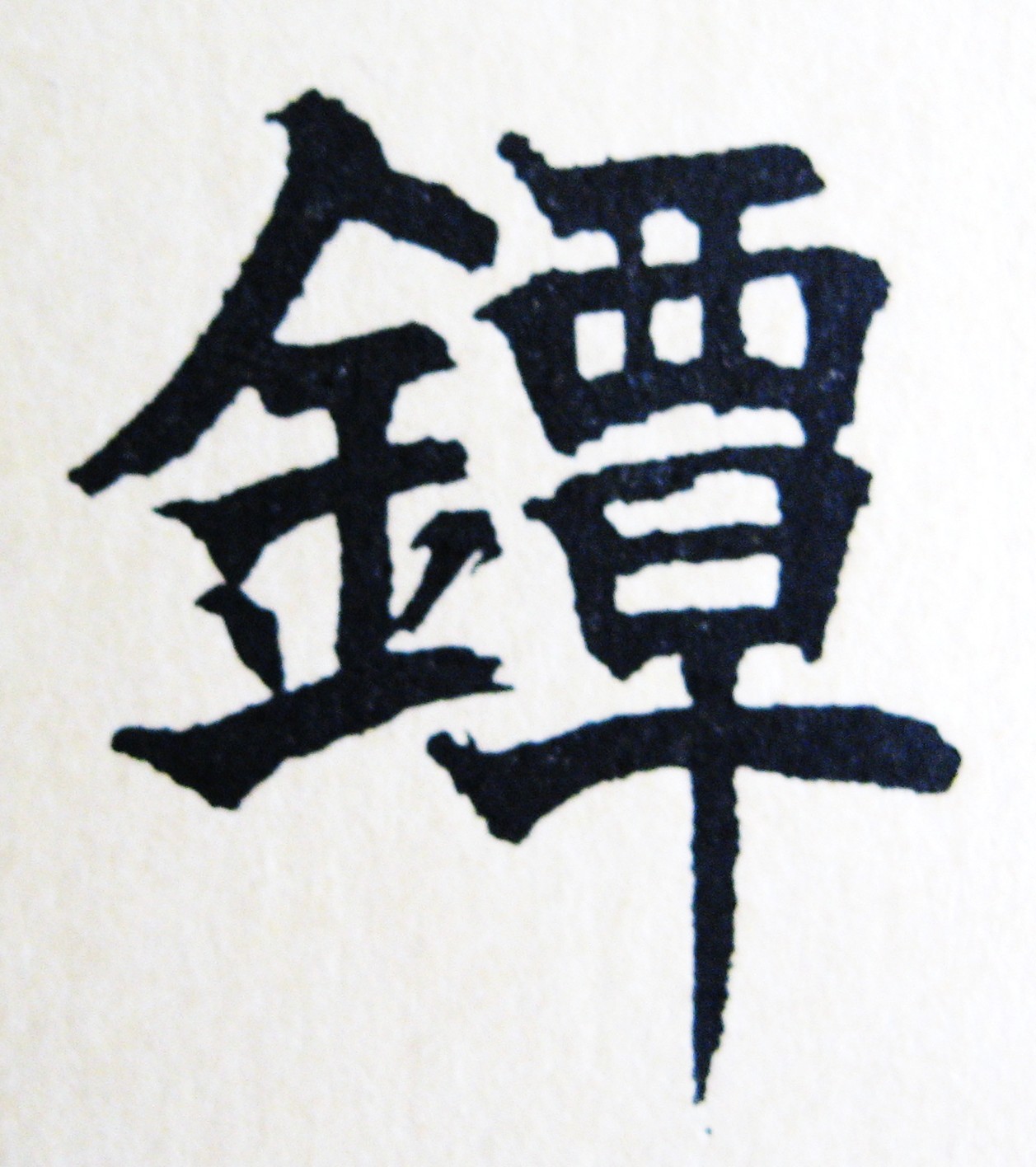|
GOTO JOSHIN KOGAI
|
 |
|
GOTO JOSHIN KOGAI
|
 |
| Provenance: Robert E. Haynes | $4200.00 |
|
A very rare kogai attributed to Goto Joshin (乗真) (1511 - 1562), the 3rd mainline master of the Shirobei branch of the Goto family of sword furniture makers. Joshin is widely recognized as among the greatest craftsmen of the school, and his works are highly sought after, becoming cornerstones of any serious tosogu collection. His work is characterized by a boldness and purpose of design that stands out from the works of his grandfather (Yujo), and father (Sojo). Joshin was a samurai, who was also a craftsman. Joshin worked for both the 12th and 13th Ashikaga Shoguns, attaining a rank of Hogen. He served various lords throughout his life, and ultimately died on the battle field at the age of 51, fighting against forces aligned with Oda Nobunaga. His works are boldly carved, and have slightly more robust proportions than his predecessors. The shape of his kogai are often a bit more robust than those of his predecessors. His works reflect his samurai spirit, and distinguish him from the rest of his lineage. I would personally say that Joshin is the most desirable of the Ko-Goto lineage (pre-Momoyama period), not withstanding his legendary grandfather (whose works are often ... legendary). The early Goto never signed their works, so attribution is made through experience, and sometimes through attestation by later members of the Goto lineage. The motif is of a bundle of Omoto (万年青), a evergreen plant with red berries, that was thought to be fortuitous and a symbol of a long and happy life. In English, it is called the Japanese 'sacred lily'. It is said that when Tokugawa Ieyasu first moved into Edo castle, he brought with him three potted Omoto to inaugurate his new seat of power. The kogai is made of black shakudo (赤銅), with a very finely punched background of nanako (魚子地), with selective application of gold foil, in a technique called uttori (うっとり), where the gold is mechanically overlain, and affixed in very fine furrows around the edges of the motif. The artist would sometimes purposely remove areas of the gold foil to show windows to the base metal below. The fine nanako on the plate is worn down outside of the high relief motif, and along the edges. This is a normal characteristic of such old kogai. Gold inlay remains on the warabite (蕨手), the decorative curvilinear carvings toward the back of the kōgai. The NBTHK Hozon papers use an alternate term for uttori, in this case, kanabukuro-kise iroe (金袋着色絵), which literally means 'application of a gold bag [coloration]'. The motif itself is executed in high relief or takabori (高彫). |
  |
  |
Translation of the Hozon paper description follows: 万年青図笄 (Omoto-zu kogai) 無銘 乗真 (Mumei Joshin) 赤銅 魚子地 高彫 金袋着色絵 (Shakudo nanako-ji takabori kanabukuro-kise iroe) 蕨手 金象嵌 (Warabite Kin-zogan) Heisei 20th year (2008) December 24th Ex-Tosogu Bijutsukan Museum and Ikeda Suematsu Collection Published: Ko-Kogai. Ikeda Suematsu and Miyake Teruyoshi. 1997. pg. 382 Measurements: 20.35cm x 1.19cm x 0.46cm Late Muromachi Period (室町後期時代), mid 16th century |
Inquiries Only: |
|
A Collaboration of Robert E. Haynes and Elliott D. Long |
|
|
| Return To Tsuba Collective Robert Haynes / Elliott Long Articles -- Tutorial Email elliott@shibuiswords.com |